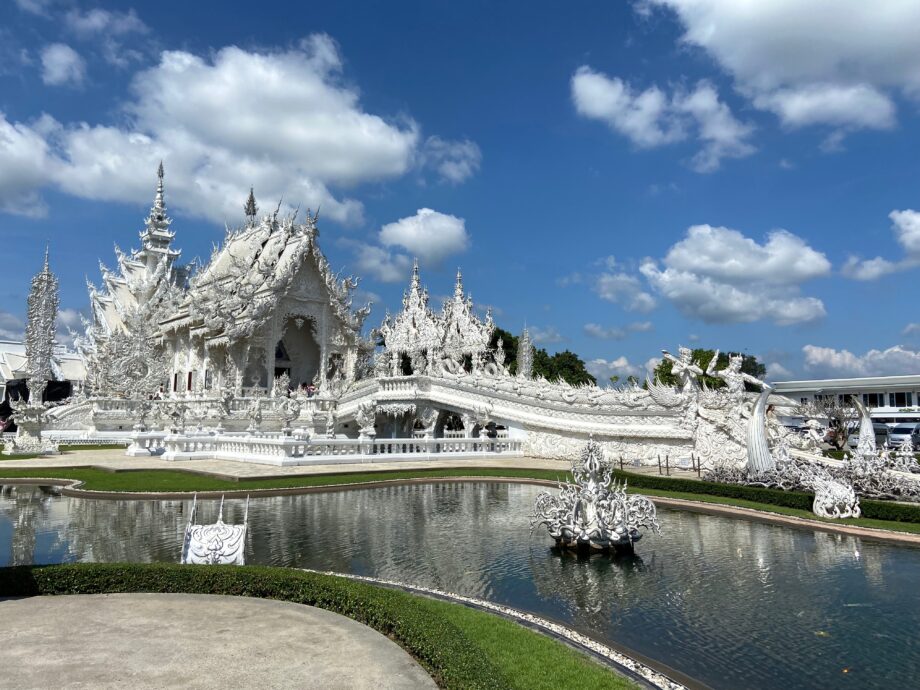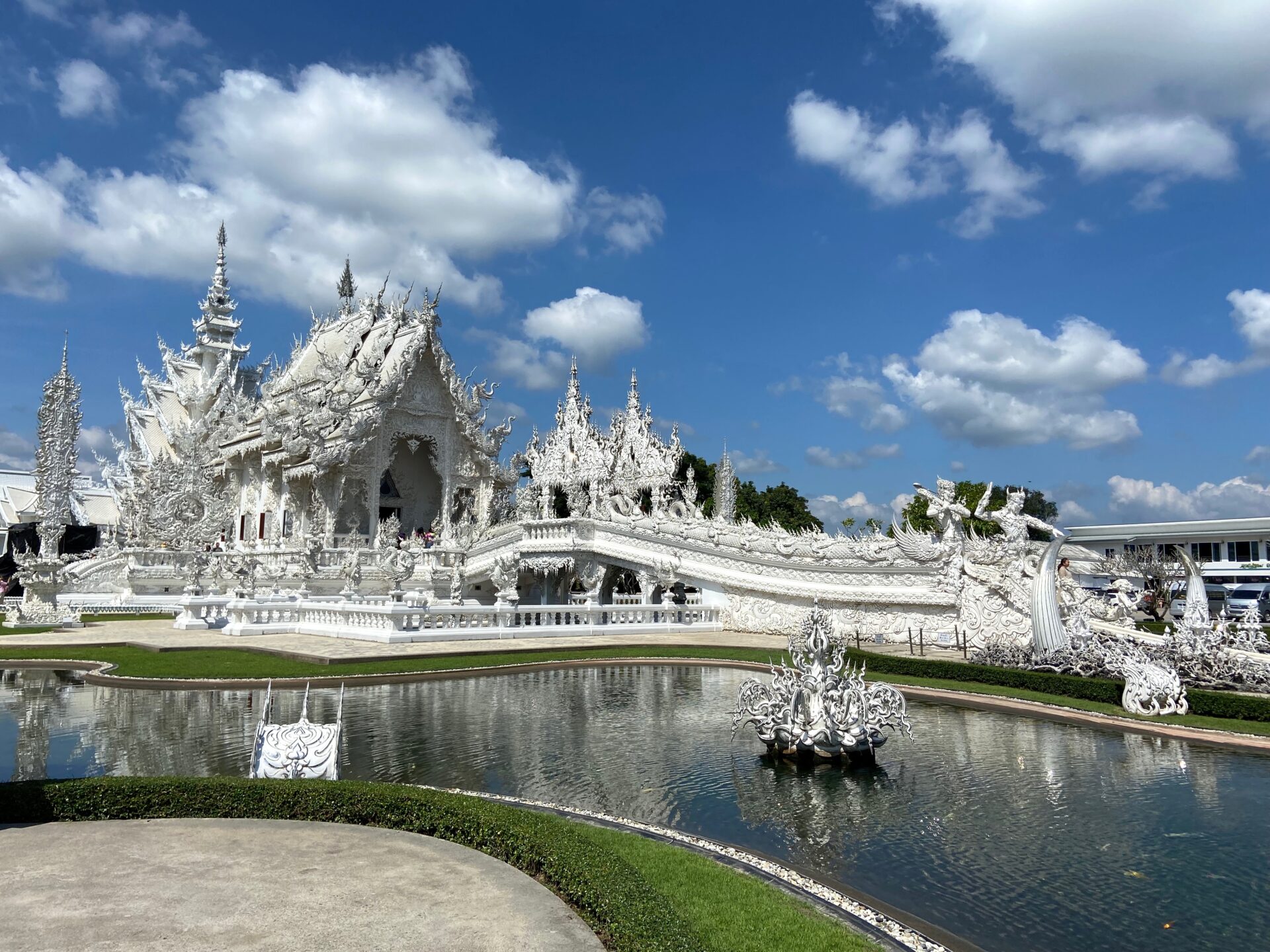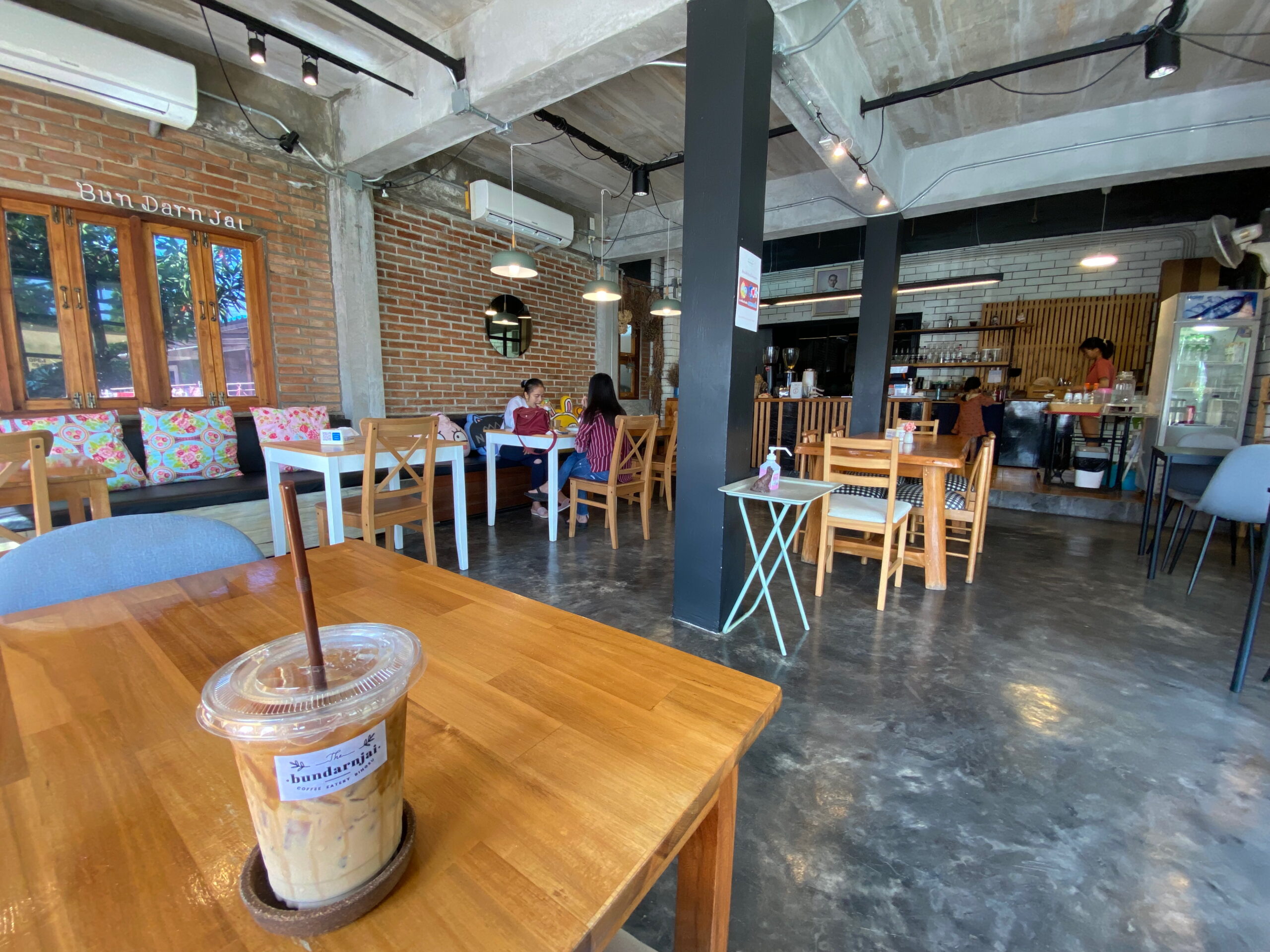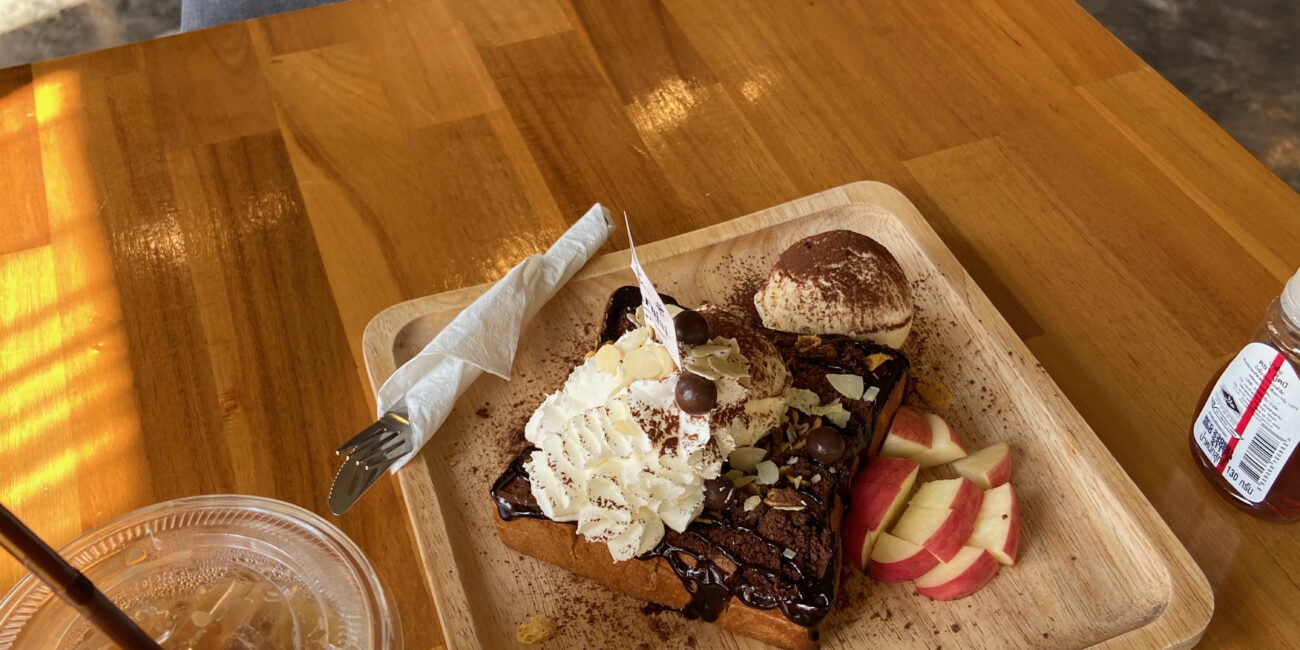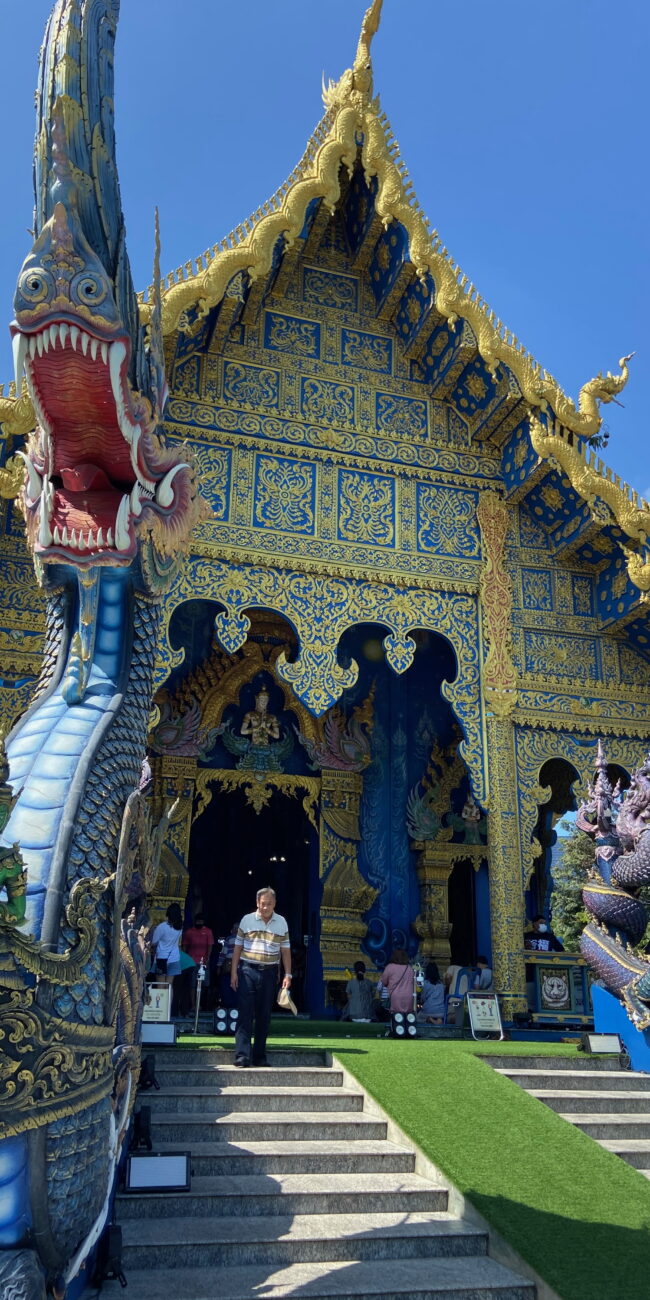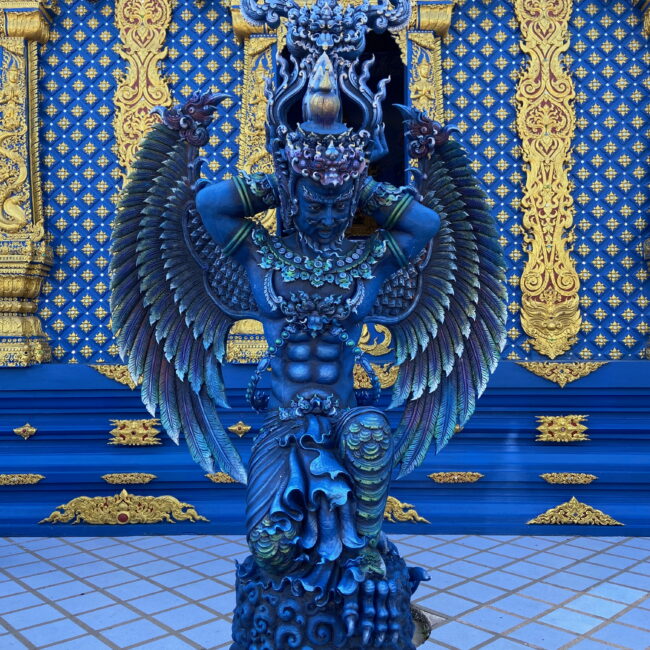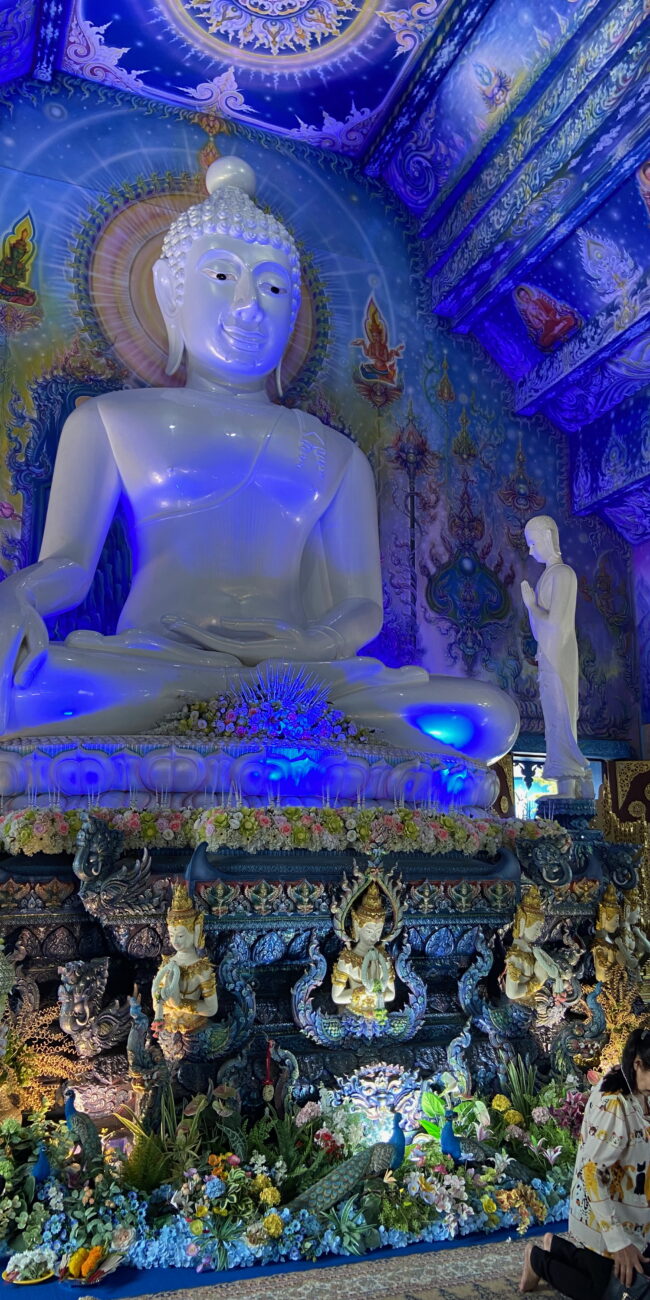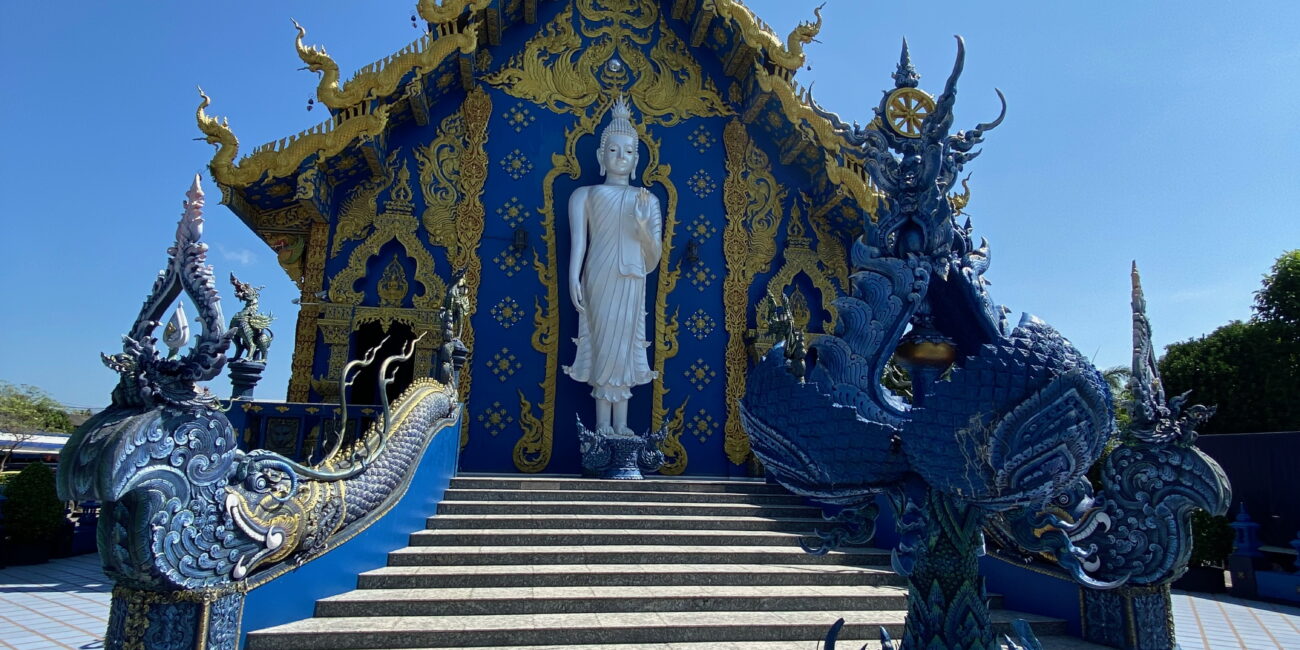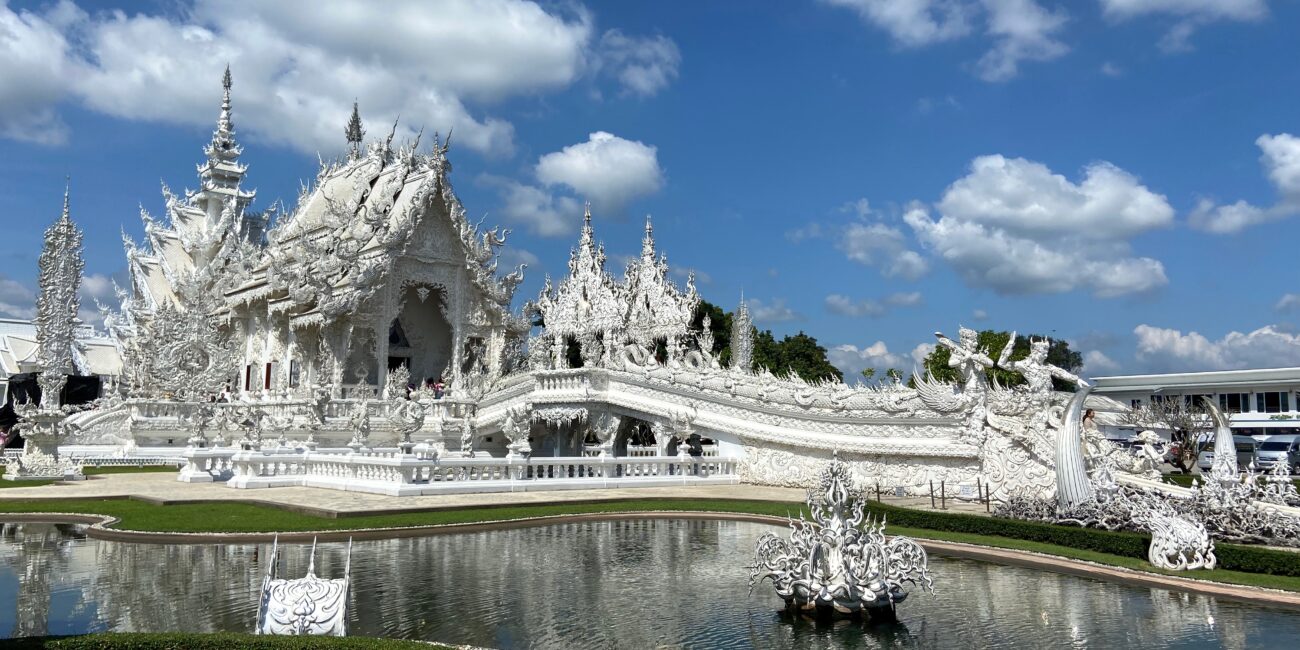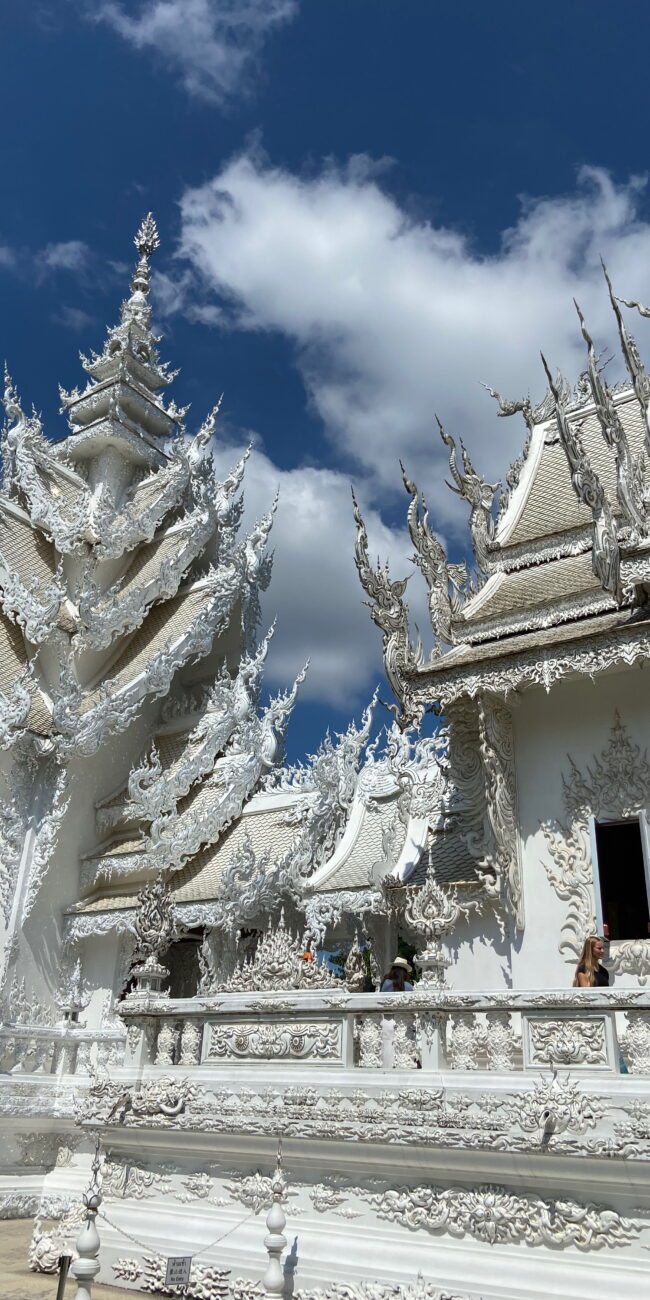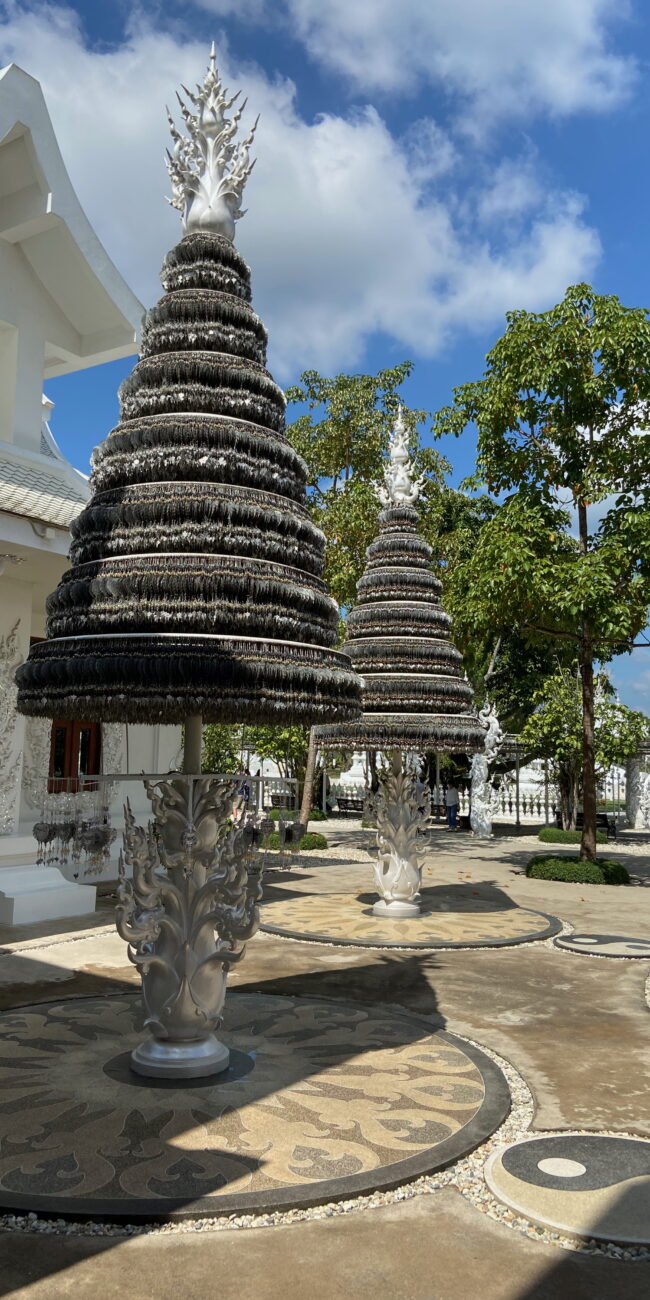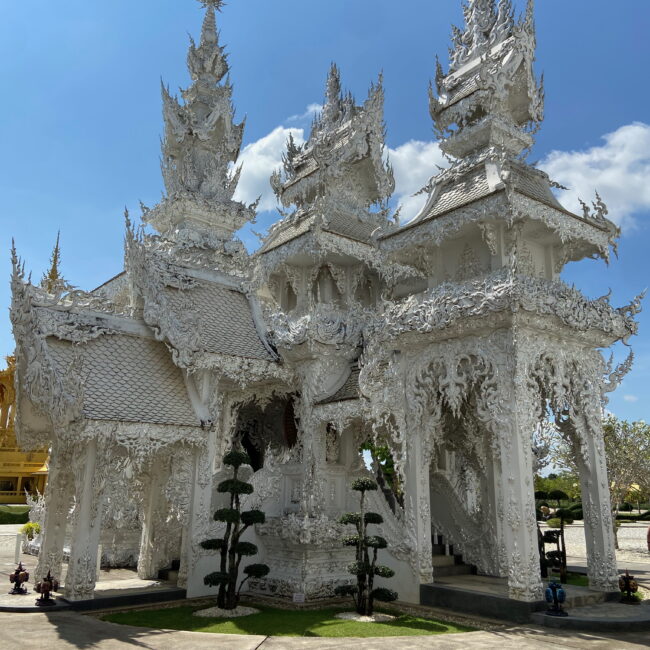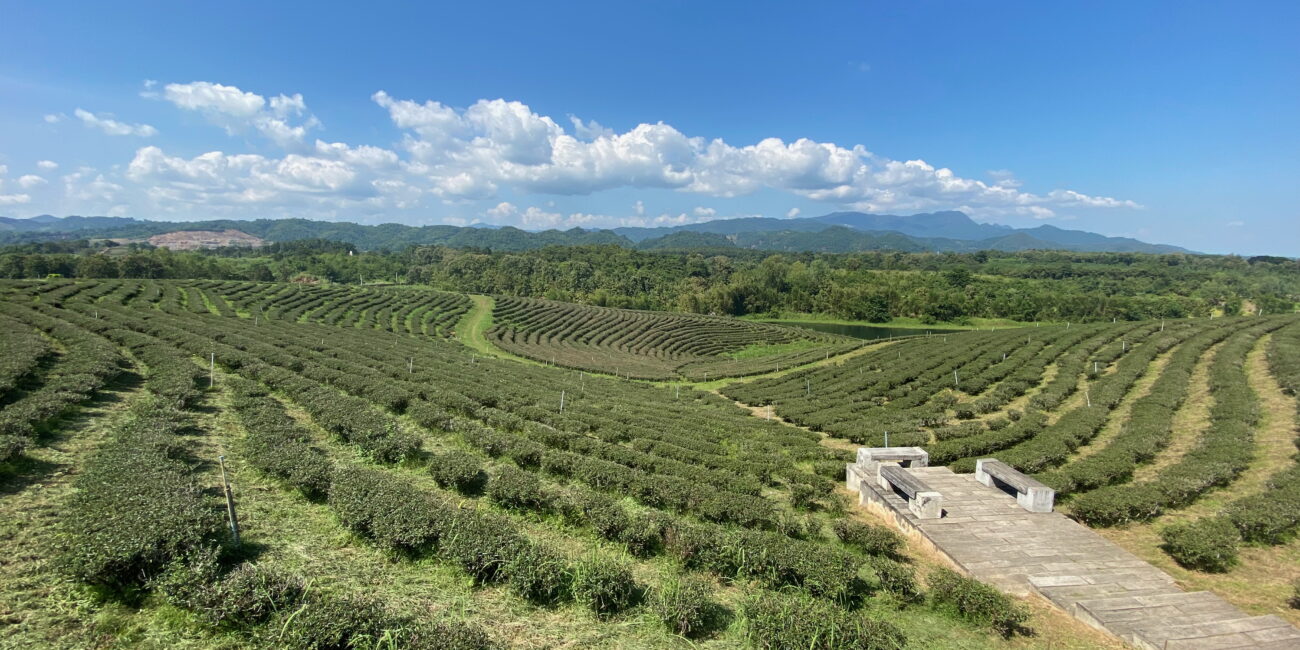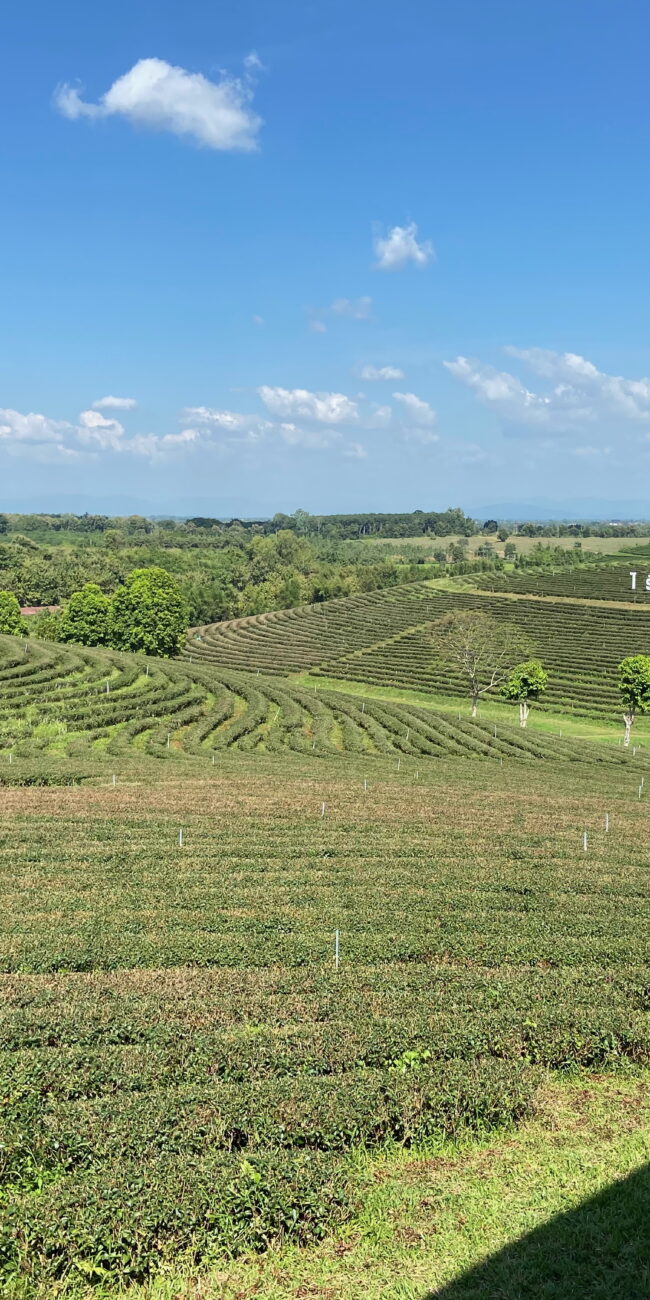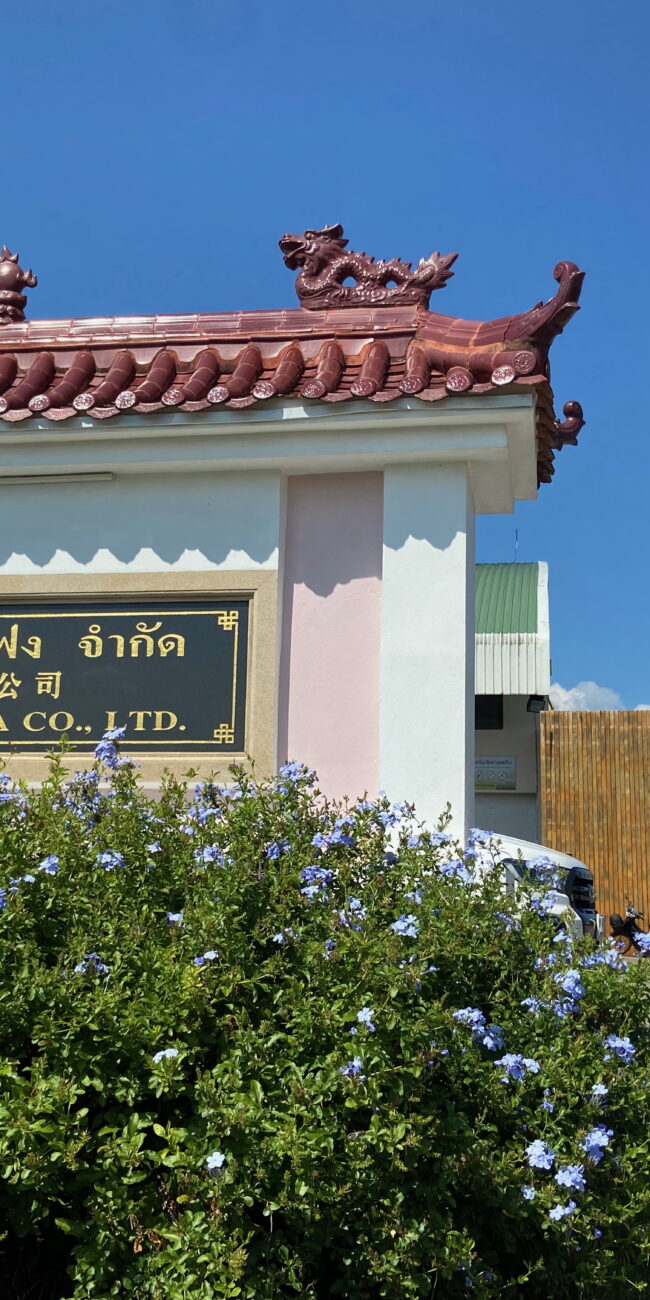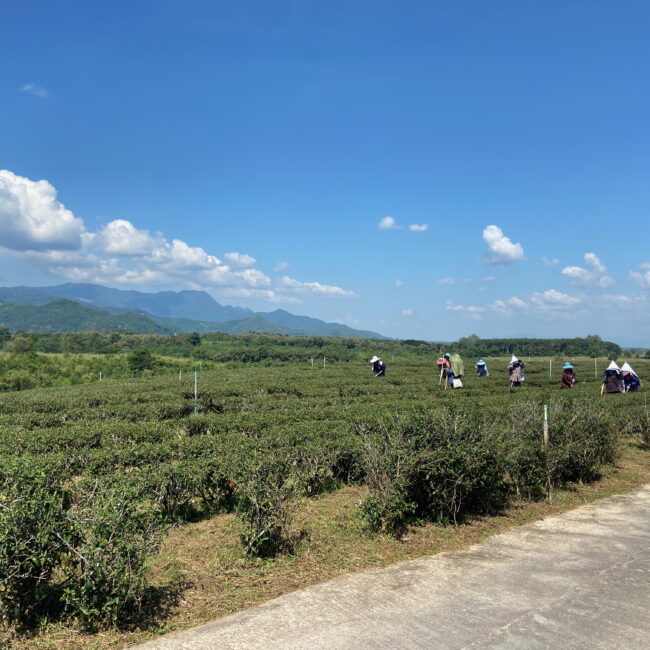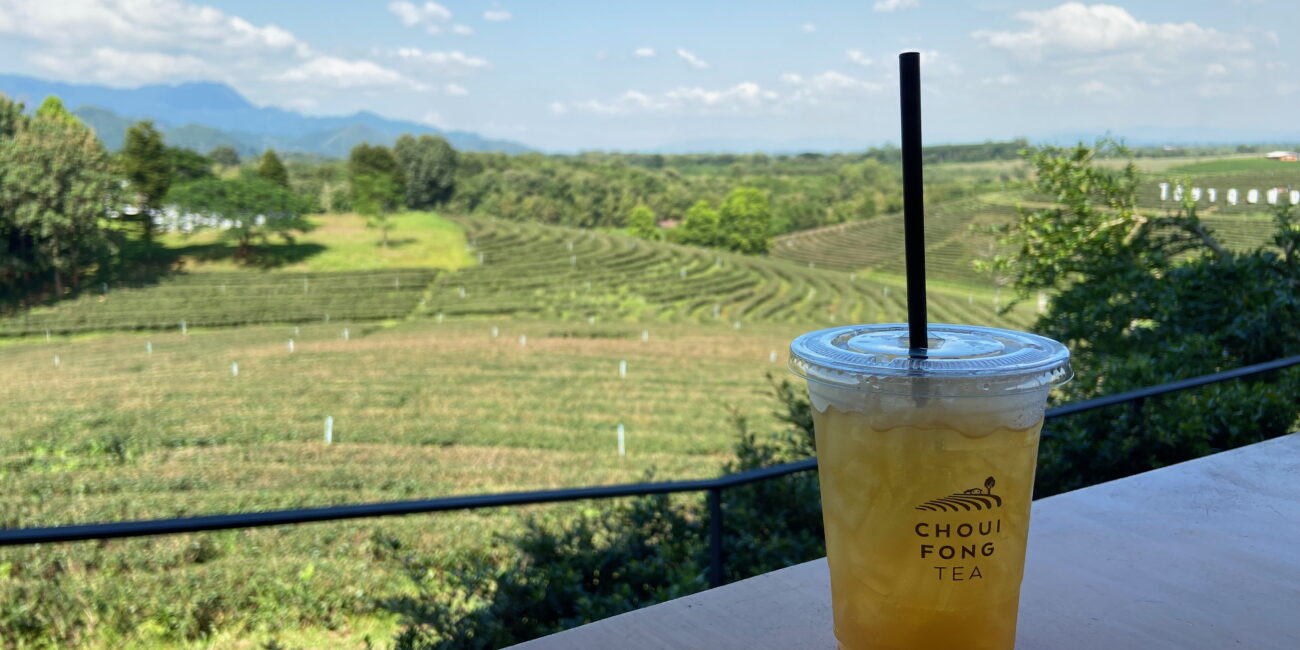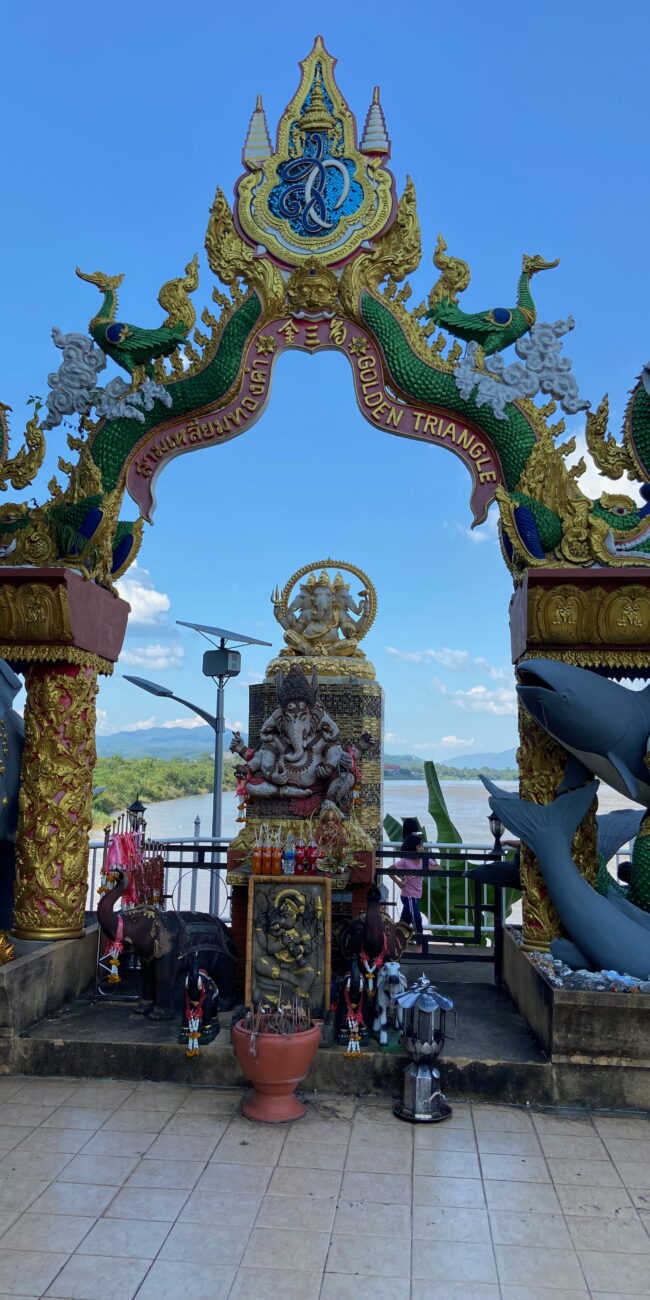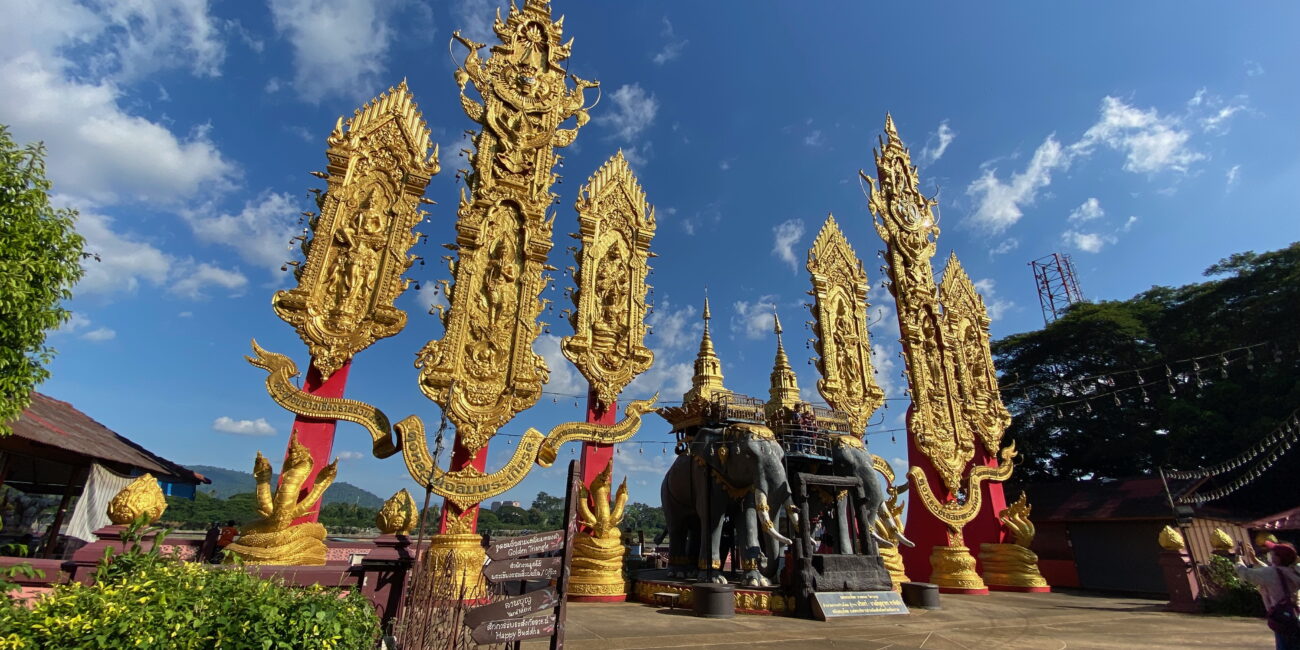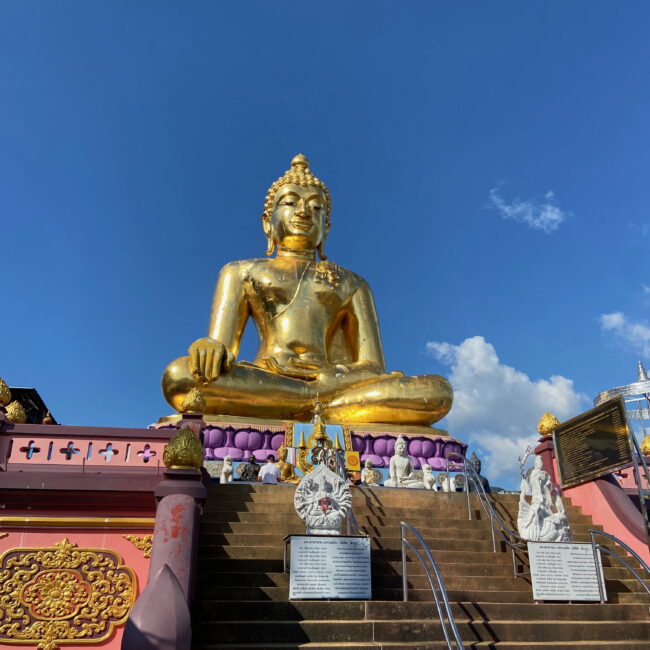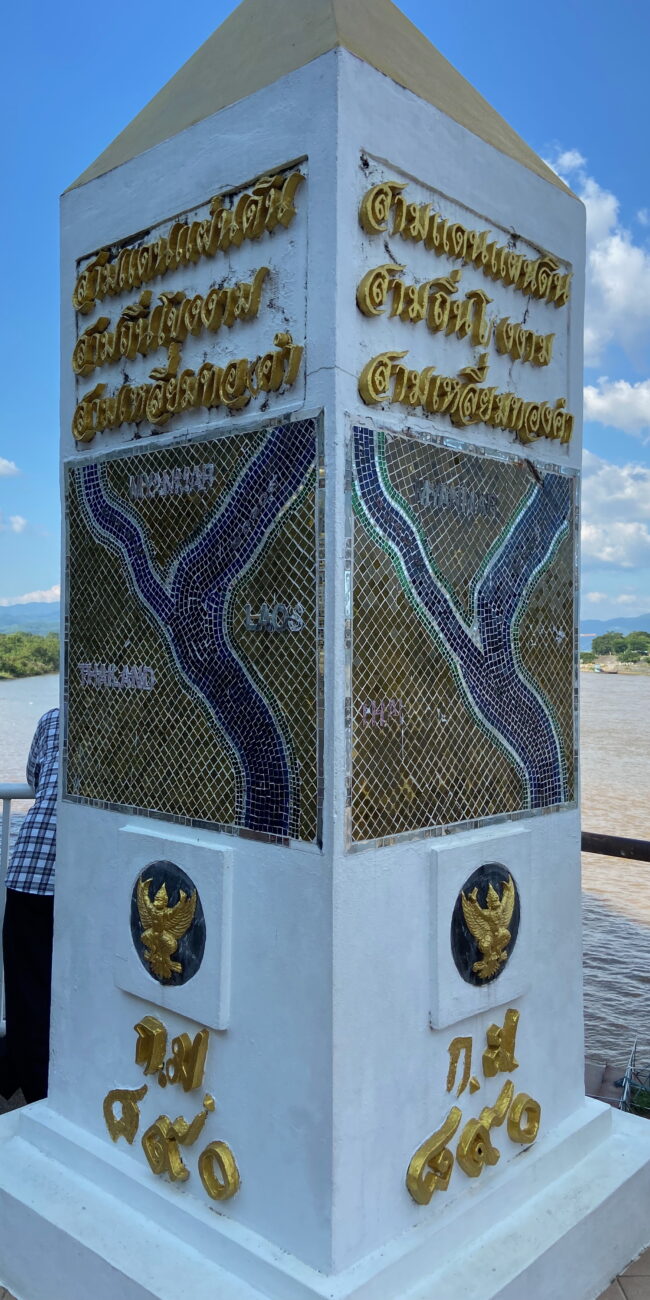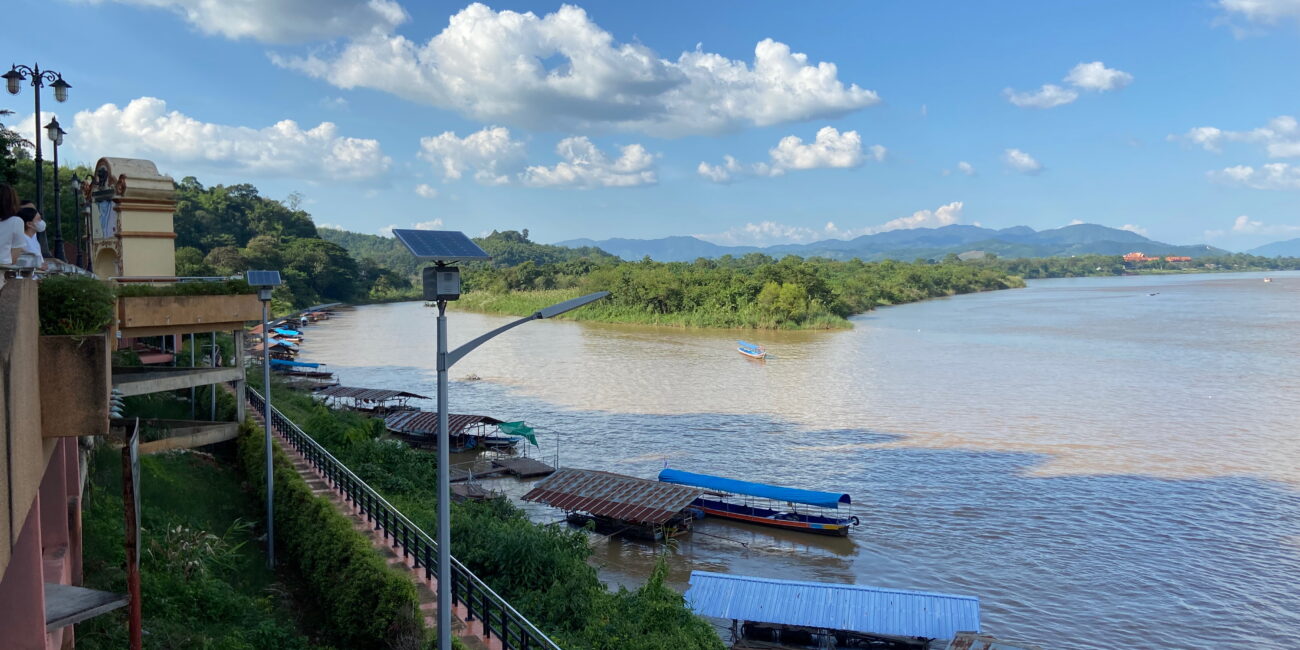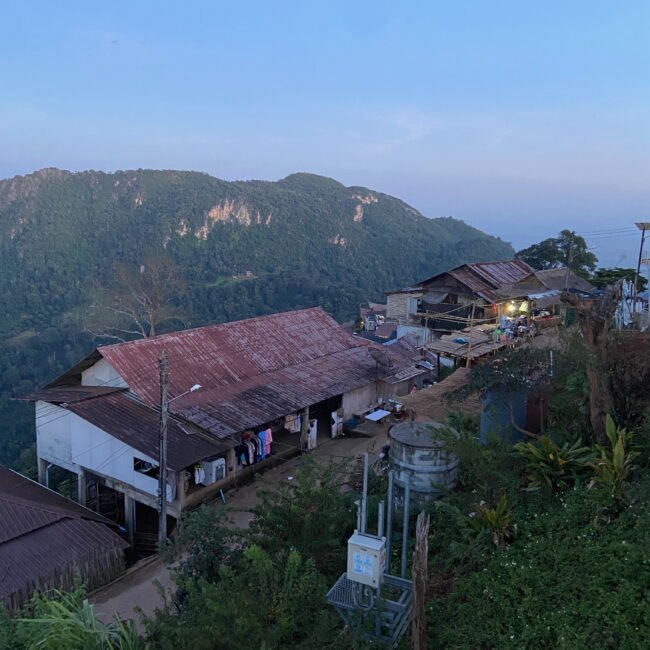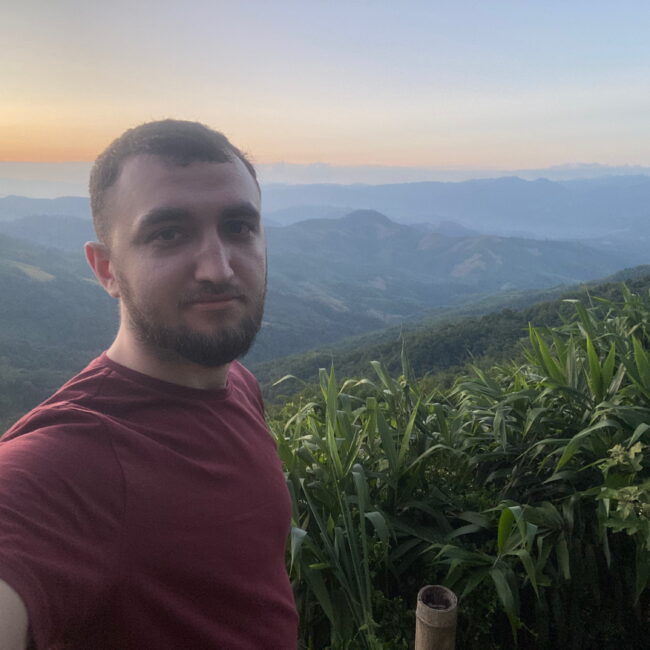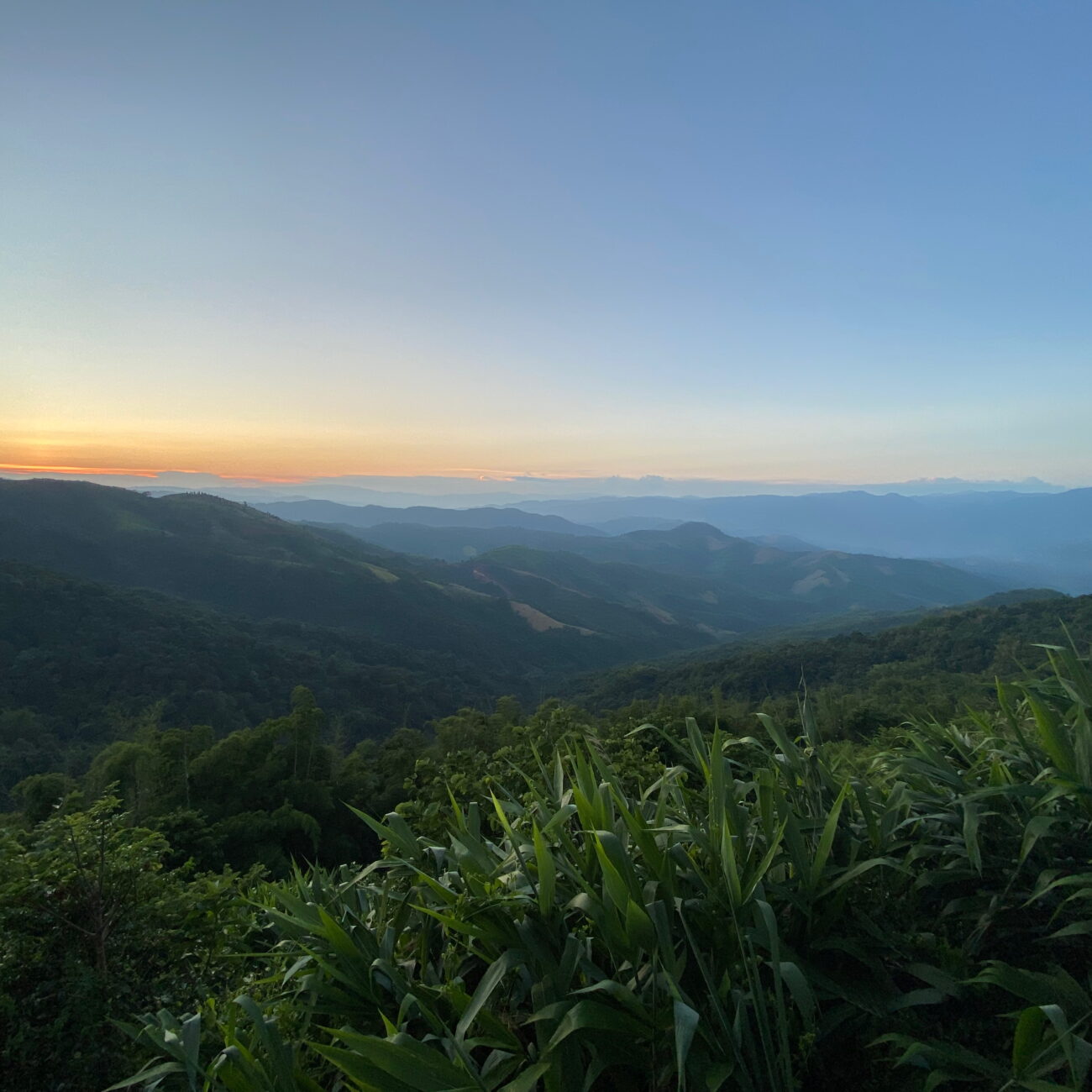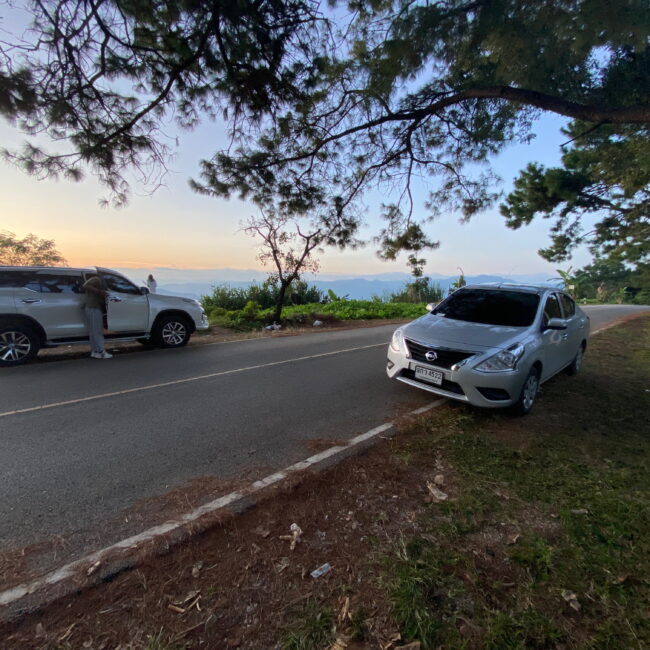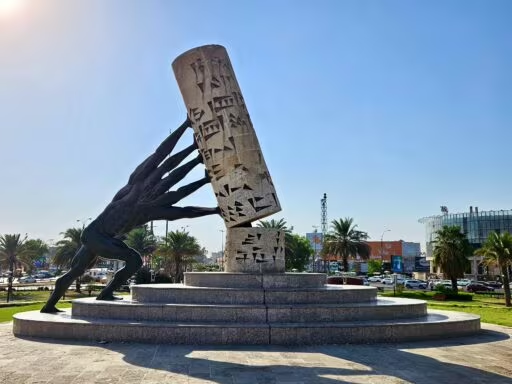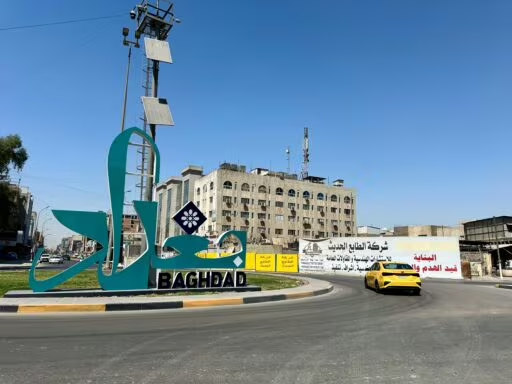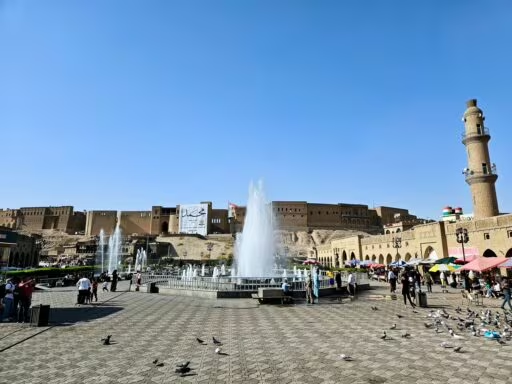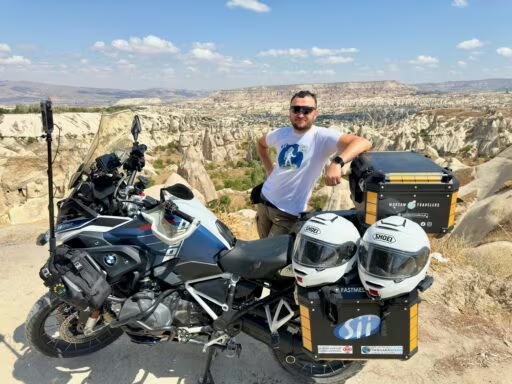This post is also available in:
Polski
Hello 👋
In November 2022, I had the chance to explore northern Thailand, and one of my stops was Chiang Rai. This region offers so much more than just the city itself—it’s packed with unique attractions spread across the area. Renting a car in Chiang Mai turned out to be a fantastic decision, as it allowed me to easily reach a variety of fascinating places, including some off the beaten path. Of course, organized tours are an option too, but if you prefer the freedom to explore at your own pace, having your own car opens up so many possibilities. In this post, I’ll focus on the most interesting spots worth visiting in Chiang Rai and its surroundings.
Where is Chiang Rai located?
Chiang Rai is located in the northern part of Thailand, near the borders with Laos and Myanmar (Burma). It’s the northernmost province of the country, nestled in a mountainous region known for its picturesque landscapes, tea-covered hills, and rich cultural heritage. The city of Chiang Rai, the provincial capital, serves as an excellent base for exploring the Golden Triangle, mountain villages inhabited by hill tribes, and numerous unique temples. Compared to more popular destinations in Thailand like Chiang Mai, this region offers a quieter, more authentic atmosphere that’s perfect for travelers seeking a more laid-back experience.
How did I get to Chiang Rai?
I reached the province by renting a car from Chiang Mai, which gave me plenty of freedom and made exploring the area much more convenient. The route between Chiang Mai and Chiang Rai is well-maintained and scenic—about 190 kilometers that can be covered in roughly 3 to 4 hours. The most popular route is Highway 118, which winds through mountains, forests, and a few smaller villages. It’s a fairly straightforward drive, but caution is advised on the mountainous sections, especially in rainy weather.
If one does not plan to rent a car, there are other ways to get to Chiang Rai:
- 🚌 By Bus – Direct buses from Chiang Mai to Chiang Rai run throughout the day. The journey takes about 3–4 hours, and ticket prices are quite affordable. You can choose between standard buses and more comfortable options, such as Green Bus, which offers air conditioning and cozy seats for a smoother ride.
- ✈️ By Plane – Chiang Rai has its own airport (Mae Fah Luang International Airport), which serves both domestic and a few international flights. This is the fastest option if you’re traveling from Bangkok or other parts of Thailand.
- 🚐 With an Organized Tour – For those who prefer ready-made solutions, many travel agencies offer one-day or multi-day tours to Chiang Rai from Chiang Mai. These trips often include visits to the most famous attractions, such as the White Temple or the Golden Triangle.
Accommodation
During my stay in Chiang Rai, I stayed at One Budget Hotel, which offers simple rooms at an affordable price. The hotel is conveniently located near Mae Fah Luang International Airport, making it a great option for travelers. The rooms are equipped with moderately comfortable beds, a flat-screen TV, air conditioning, and a refrigerator. Additionally, the hotel provides free Wi-Fi and private parking, which adds to the overall convenience.
For breakfast, I headed to Coffee Eatery Bingsu (Bundarnjai Coffee Eatery Bingsu), a café located by the Kok River, right next to Rim Kok Public Park. An added bonus was the ability to pay by card, which isn’t always a given in local cafés.
Wat Rong Suea Ten
thai. วัดร่องเสือเต้น
The first place I had the chance to visit was Wat Rong Suea Ten, also known as the Blue Temple. Located in the Rim Kok district of Chiang Rai, along the banks of the Kok River, this temple stands out with its vibrant blue color and modern take on traditional Buddhist architecture.
The history of this place is quite fascinating. The current site of the temple was once home to the ruins of an abandoned structure that had stood there for at least 80 years. In 1996, the local community decided to restore it as a place of worship, and construction began in 2005. The main hall was completed in 2016, designed by the local artist Phuttha Kabkaew, also known as Sala Nok. He was a student of Chalermchai Kositpipat, the creator of the renowned White Temple.
The name “Rong Suea Ten” translates to “the place where tigers leap over the river”, referring to tales of tigers that once roamed this area.
What immediately grabs attention at Wat Rong Suea Ten is its stunning color scheme. The vibrant blue represents the sky, infinity, and wisdom, while the golden accents add a touch of brilliance. At the entrance to the main hall, intricately crafted figures of mythical creatures, such as Naga—the serpent deities guarding temples—welcome visitors. The temple’s interior is equally impressive, featuring a massive white Buddha statue surrounded by elaborately detailed wall murals depicting stories from the life of Buddha.
It’s also worth noting the chedi located behind the main hall, known as Phra That Ked Kaew Chula Mani. Completed in 2014, this structure stands at 20 meters tall and adds another layer of significance to the temple complex.
Wat Rong Suea Ten isn’t as crowded as the White Temple, making it a more peaceful spot for exploration and reflection. Admission is free, but it’s worth considering a small donation to help maintain this beautiful site. Remember to dress appropriately—covered shoulders and knees are the standard here.
Wat Rong Khun
thai. วัดร่องขุ่น
While in Chiang Rai, you simply cannot miss Wat Rong Khun, commonly known as the White Temple. It’s one of Thailand’s most iconic landmarks, drawing visitors with its unique architecture and profound symbolism.
The temple was designed by Thai artist Chalermchai Kositpipat, who began its construction in 1997. His goal was to create a modern interpretation of a traditional Buddhist temple, filled with symbolism reflecting contemporary issues and values.
The entire complex gleams in white, symbolizing the purity of Buddha, while embedded mirror fragments add brilliance, representing the wisdom of enlightenment. Crossing the bridge that leads to the main building, you can’t miss the sea of outstretched hands, symbolizing desires and human passions that must be overcome on the path to nirvana.
During my visit, I managed to find a free parking spot near the temple, although there are also paid parking options available in the area.
The White Temple is open daily from 8:00 AM to 5:00 PM, with an entrance fee of 100 THB per person. Due to its popularity, it’s a good idea to arrive early in the morning to avoid crowds and fully appreciate its beauty.
Choui Fong Tea
thai. ไร่ชาฉุยฟง
The Choui Fong Tea Plantation is one of the better-known spots in the Chiang Rai region, attracting visitors with its scenic views and promise of high-quality tea. Nestled on rolling hills, the plantation offers not only a chance to stroll through picturesque tea fields but also an opportunity to purchase its products from the on-site shop.
The teas available on-site include a variety of options, such as green, oolong, and black tea. While the plantation has a strong reputation, my personal experience with the teas was mixed—not all flavors suited my taste. Additionally, the prices seemed noticeably higher compared to other local teas, which may have influenced my overall impression.
Setting aside the taste and pricing, the view of the plantation was undeniably stunning. The grounds are meticulously maintained, and the landscape is perfect for photography. If you’re a tea enthusiast and want to see how it’s grown, Choui Fong is definitely worth a visit—even if the tea itself doesn’t end up being your favorite.
Golden Triangle
thai. สามเหลี่ยมทองคำ
The Golden Triangle is where the borders of Thailand, Laos, and Myanmar meet, located about 70 km north of Chiang Rai. Once infamous for its large-scale opium production and poppy cultivation, the region gained worldwide notoriety. Today, it has transformed into a popular tourist attraction, drawing visitors eager to see the meeting point of three countries and learn about its fascinating history.
During my visit, I noticed that finding a parking spot in the area could be a bit challenging, especially during peak tourist hours. However, with a little patience, I managed to secure a spot, so it’s not an insurmountable issue.
While there, it’s worth visiting the viewpoint, which offers a stunning panorama of the Mekong River and the neighboring countries. For those interested in the region’s history, I recommend stopping by the Opium Museum, where you can learn more about the area’s past and its connection to the opium trade.
Sai Lom Joi Market
thai. ตลาดสายลมจอย
Sai Lom Joi Market is a bustling marketplace located in Mae Sai, at the northernmost tip of Thailand, right by the border with Myanmar. In 2022, due to the border closure, the market primarily saw local traffic, giving it an authentic and distinctly regional vibe.
Finding a parking spot near the market can be challenging, especially during peak hours. It’s a good idea to park a bit farther away and walk to avoid the congestion.
Walking among the stalls feels reminiscent of the old Stadion Dziesięciolecia in Warsaw—buzzing with activity, a wide variety of goods, and intense haggling that creates a unique atmosphere. Most vendors accept cash only, so it’s a good idea to bring enough Thai baht with you, as card payments are rarely an option.
The market offers a wide range of products, from fresh fruits and vegetables to local delicacies, clothing, and electronics. However, it’s important to be cautious, as many of the items sold are counterfeit versions of well-known brands.
Pha Hi village view point
thai. บ้านผาฮี้
Pha Hi is a picturesque village in northern Thailand, located near the border with Myanmar. Getting there involves navigating steep, winding roads, making a car the most practical choice for the journey. Walking would be incredibly challenging—good luck to anyone who attempts it!
I arrived there late in the evening, after sunset, which gave the place a peaceful, almost mystical vibe. While the daytime views must be stunning, even in the darkness, the unique atmosphere of this village was unmistakable.
Chang Moon military outpost
During my journey through northern Thailand, I visited the former military outpost Chang Moob, located on the Thai-Myanmar border near the village of Pha Hi. This spot offers breathtaking panoramic views of the surrounding forests and mountains, making it a must-see destination.
The road to this viewpoint passes through border areas, where you may encounter military checkpoints. In my experience, soldiers might ask to see your passport and occasionally even take a photo of it. Their English skills are often limited, so it’s good to be prepared for some basic communication challenges.
Despite these formalities, the views from this spot are absolutely worth the visit. The expansive panoramas of forests and mountains along the Myanmar border leave a lasting impression.
Summary
In summary, Chiang Rai and its surroundings offer an incredible variety of attractions. The region has become much more accessible to tourists, especially compared to the pandemic era when strict document requirements and travel restrictions were in place. Traveling through northern Thailand is now significantly easier and more enjoyable.
There’s also a noticeable increase in the number of visitors—temples and viewpoints are attracting a lot of interest. However, it’s still possible to find spots that offer a quieter connection with nature and local culture. For those who value the freedom to explore, renting a car is an excellent option, allowing access to less accessible locations.

